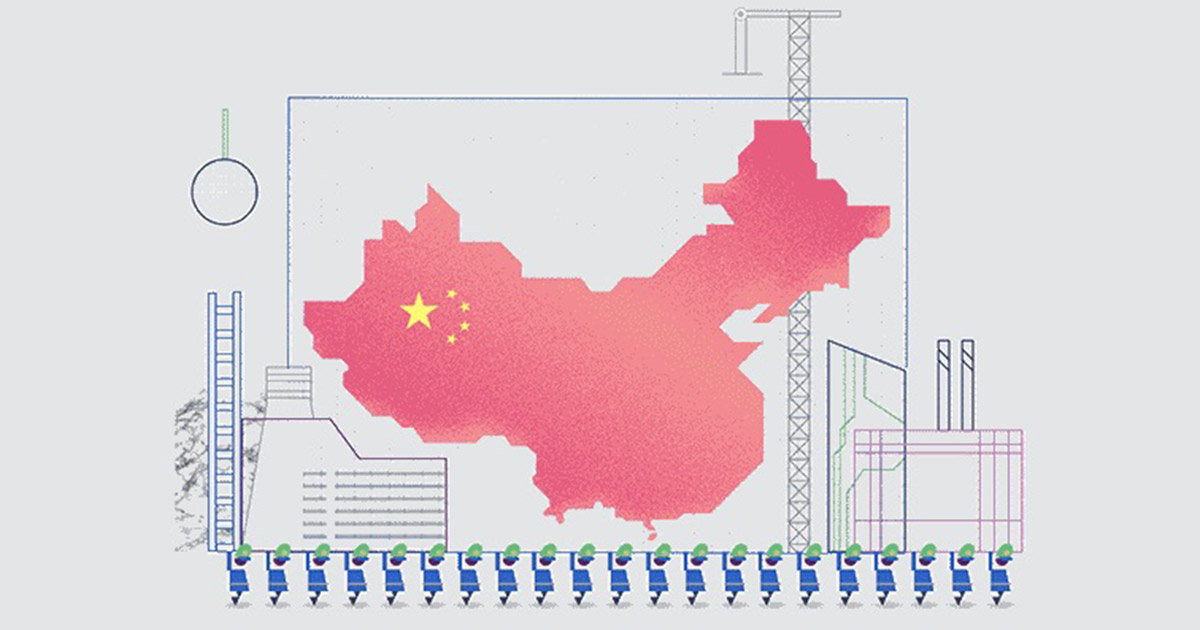Contents
The Techpacker Pro-Series brings you high-value fashion content from top industry experts to make the best out of your business with cutting edge information about fashion production, retail and technology.

It’s no secret that China is among the top Asian countries for garment manufacturing.
The sheer number and diversity of Chinese manufacturers have made the country a mecca for apparel production.
And with that comes a diverse range of product quality and results.
Here are 6 tips you should keep in mind to get the best product quality from your manufacturer:
1. Follow Ordering Best Practices
There are many rules of thumb worth repeating when manufacturing in China.
First things first, place large orders.
This lets you get bulk discounts in many cases and cuts down on shipping fees.
Your manufacturer will also appreciate it since it shows your commitment to do business with them.
Second is to always place your orders early.
Even with the best Chinese manufacturers, there will be wait times and delays.
Always strive to place your orders at least 30 days before you need them.
This will prevent you from running out of stock, and losing business.
Lastly, make sure you're providing your manufacturer with flawless technical sketches and techpacks.
If there is a flaw in your product's design, don't expect them to fix it for you. You'll simply end up with a shipment of flawed items.
Check your designs for errors, and don't hesitate to create a prototype to test the design first.
2. Use 3D Models

Speaking of prototypes, sometimes creating an actual physical prototype isn't reasonable, either due to cost, or time constraints.
In such a case, you can use 3D models to simulate your product idea and bring it to life.
This can also be used to proposition investors if you're going that route, or as supplementary material for your manufacturer, giving them a more accurate idea of what they're working with.
3. Faster And More Accurate Communication
Delays are a fact of life when manufacturing in China.
It often boils down to two things: a slowdown in communication and the language barrier.
Good news is, there are several ways to mitigate them.
You can use WeChat to open the lines of communication with your manufacturer.
It’s the unofficial messaging app for manufacturers in China and the most popular communication method for Chinese in general.
Flawless Techpacks
When it comes to manufacturing apparel, your techpack will be THE reference point when requesting changes, pointing out mistakes and explaining design details to your manufacturer.
Use Techpacker to create industry standard and easily readable techpacks.
This will ensure all your design details and construction information are accurately conveyed to your manufacturer.
Plus, you can invite your manufacturer on the platform to keep them in the loop.
Their team will be notified of any update instantly.
You can also chat with them inside Cards - and assign requests and design changes to specific parts of your garment.
Go high up the ladder
One more thing to keep in mind is to be in contact with someone as high up the chain of command at the factory you're working with.
In many cases, you'll likely be assigned a representative to work with you and handle your requests. However, the longer it takes your messages to move up the chain, the longer it will take to have your needs fulfilled.
That’s why you need to make sure who you're talking to, what their position in the company is, and how long it generally takes them to relay the info you're sending them.
4. Don't Use Sourcing Agents and Brokers
One thing that can really slow down communication is sourcing agents and brokers.
The more people you have to go through to get things done, the longer it takes.
On top of that, the more people your message goes through, the more likely human error will come into play and cause problems like that old game "Telephone."
Plus, sourcing agents and brokers will take a cut of your profits for themselves.
Regardless of how they collect fees, you’ll be giving up a chunk of your revenue to pay for tasks that you could be completing yourself, or outsource for a much cheaper price using other methods.
5. Quality Control

One of the biggest problems that many design teams who create fashion products face is quality control or lack thereof.
There are many factors that can lead you to receive poor quality products from your manufacturer: flawed sketches, confusing tech packs, low-quality materials, or simply human error.
The key here is to catch problems before you make a big order
The ideal scenario would be to have a prototype made.
Check your prototype for any problems such as design errors, or materials that just don't hold up as they should.
If you can get your prototype right, chances are your manufacturer can mass produce your product without any issues.
However, just because you made a good prototype doesn't mean that your job is done.
Quality control is an ongoing process.
So check every single shipment to make sure your products are up to par.
A potential mistake could be a wrong material used by your manufacturer, either due to a shortage or due to a simple mistake.
Careful inspection will spare you from these sort of problems down the line.
You need to catch them before you sell your products and avoid damaging your reputation and prevent the possibility of a lawsuit.
6. Strive For Improvement
A big part of quality control is to go beyond looking for flaws in your product.
You also want to look for ways to improve it.
You can use your customer base and their feedback as a basis for what needs to be improved, and how you can take your products to the next level.
A good way to do this is to present your customers with surveys and implement a review system to gather feedback.
This will give you a good idea of what they like, what they don't like, and how you can improve your product in general.
Once you have an idea of how to proceed, you can pass along the design changes to your manufacturer and they'll handle the rest.
Other related articles you may be interested in:
5 things you must know when manufacturing in china
Top 5 Manufacturing Trends Shaping The Future Of Fashion
How To Find The Right Garment Manufacturer



